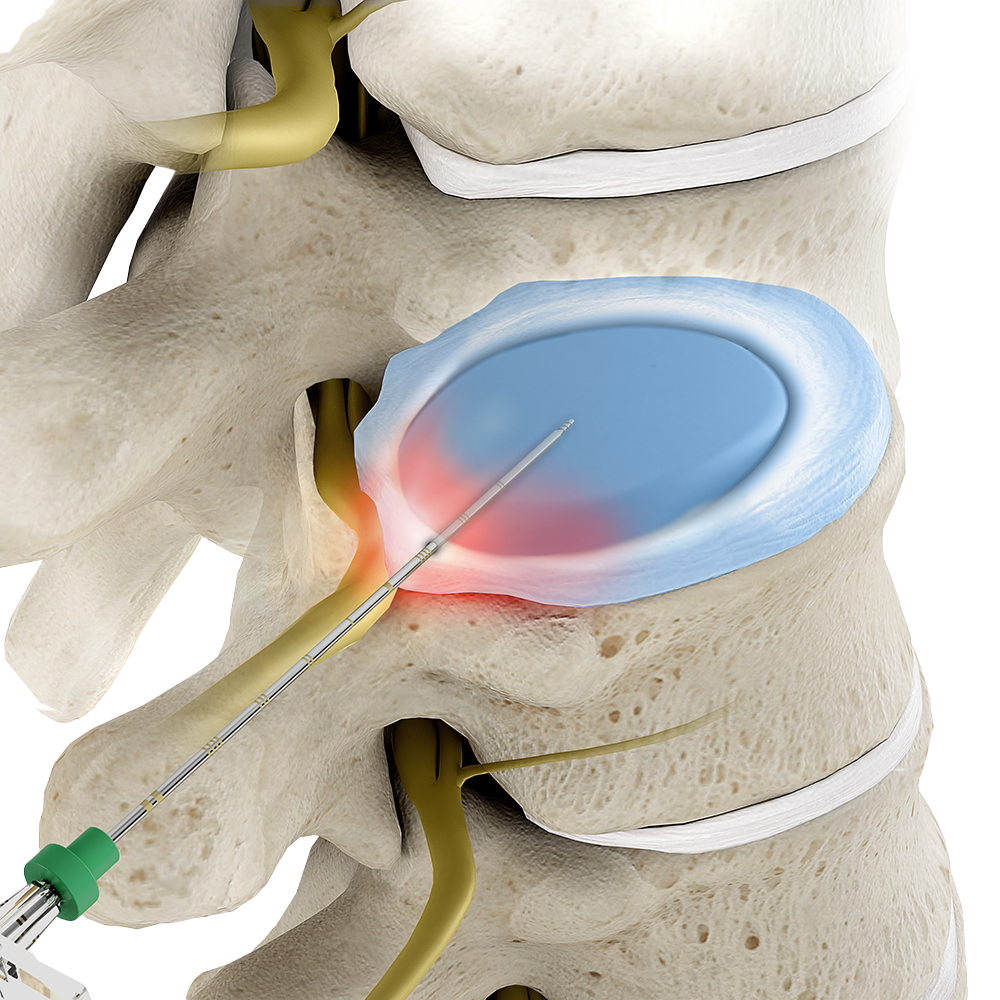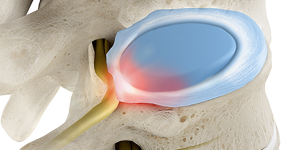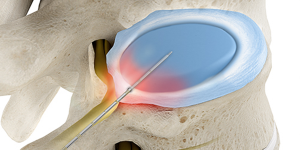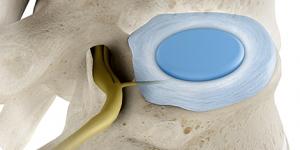
Disc decompression
Your quality of life matters
If your lower back pain is debilitating, fight back—because your quality of life is worth fighting for. Disc decompression is typically performed on an outpatient basis and requires only local anesthetic and mild sedation, alleviating the possible complications of open surgery and general anesthesia.
Results compared to surgery:
- Decreased complication rate: 0.5% vs. 3% with open surgical discectomy12
- Lower re-herniation rate: 5% vs. 10-15% compared to open lumbar discectomy3
Benefits
What to expect with disc decompression
View the step-by-step procedure

Before the procedure
Your doctor will do a physical exam and order imaging tests, such as an X-ray, MRI or CT scan, to confirm a diagnosis.89 These tests help determine the location of the herniated disc and whether disc decompression is the most appropriate treatment. If you are a good candidate, your doctor will ask you for the following information:10
- Current medications, including herbal supplements, and their dosages
- Known drug, iodine, x-ray dye or latex allergies
- Current health conditions
A doctor may advise you to:10
- Stop taking non-steroidal anti-inflammatory drugs (NSAIDs) and blood thinners for 1-2 weeks before the procedure
- Stop eating or drinking past midnight the night before the procedure, except if you have instructions to take regular medication the morning of the procedure with small sips of water
- Wear loose-fitting clothes that are easy to take off/put on
- Arrange for someone to drive you home

During the procedure
Disc decompression (also known as discectomy) can be performed while you are sedated. Your back is numbed with a local anesthetic. Using X-ray guidance, a small needle is inserted through the skin and into the herniated disc. When the probe is in the correct position, the herniated disc tissue is removed, reducing the size of the disc herniation.511

After the procedure
Your vital signs will be monitored. Most patients are able to go home within a few hours of treatment. Your doctor may advise you to apply ice to the treatment area to reduce pain and swelling. Some activity restrictions are put in place for the next two weeks after the procedure so you do not bend or twist your back, or lift anything heavier than five pounds. Recovery time varies with each person, but many patients are able to resume work and normal daily activities within 3-5 days.510

